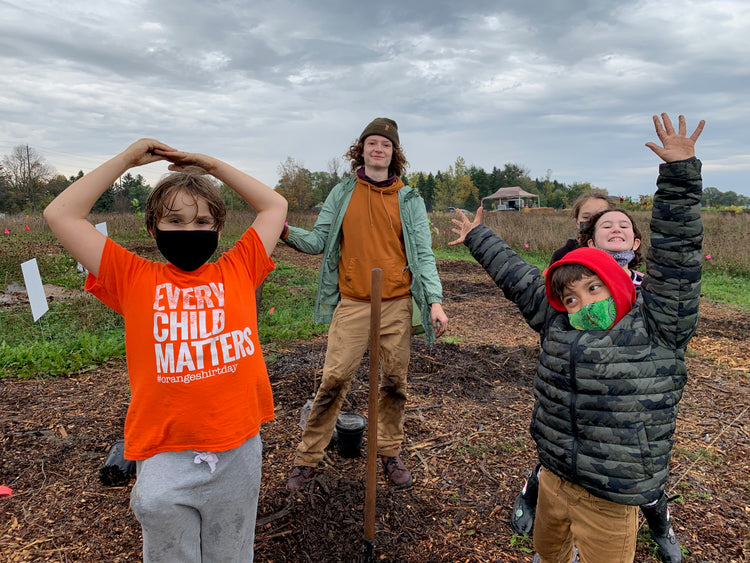I happened to be reading Sebastian Barry’s wonderful novel A Thousand Moons when these words spoken by Winona the novel’s narrator leapt out of the page; “A world that has made itself good for a child is a good world.” As we work towards transforming our city and our relationships with our non-human kin, this quote stands at the centre of it for me and for the K-12 Little Forests node.
Facilitating a workshop at Kingston Regional Science Fair
At the end of March we will be facilitating a workshop for grade 5 and 6 students about Little Forests at this year’s Science Fair. A 60 minute workshop is not long to introduce all the transformative beauty and science that a Little Forest represents. And to incorporate Etuaptmumk (Two-Eyed Seeing) into it.

Illustration credit: Institution for Integrative Science and Health
Recently the results of the world’s longest scientific study of happiness, the Harvard Study of Adult Development was published in the book The Good Life by Robert Waldinger and Marc Schulz. An eighty year long study, the answer turns out to be simple, “good relationships keep us happier and healthier,” something that Indigenous cultures have always known. Waldinger and Schulz’ focus is good relationships between humans but we know that it needs to be much broader than that, that a ‘good world’ for our children means healthy relationships with the Natural World. This will be the focus of our workshop, the enduring understanding, the big idea we hope the students take away. Now we just have to figure out how!
Developing lessons centred around Little Forests
"We can take in the mental health benefits of being surrounded by trees for studying and lessons. We can develop a kinesthetic understanding of the sciences, arts, and all our relations in these forest spaces. We can plant species that produce fruits and nuts and vegetables to use in the culinary arts and teach students how to grow their own food. And rather beautifully I think we can create outdoor spaces that encourage students to socialize and gather around trees to promote an understanding and admiration for the environment that we live in."
Integrating Little Forests into student learning connects youth with forests, ensuring long term love for and care of each little forest. This is why our long term goal of developing lessons for every grade is so important and we continue to do that work.

Students from the KLC Bridge Program planting at Hwy 15
Launch of Queen’s Indigenous Land-Based Learning (QUILLS)
At the end of April, our node will have an opportunity to speak to teachers who are gathering for the launch of Queen’s Indigenous Land-Based Learning (QUILLS) program at the Elbow Lake Biological Station. I had an opportunity to be a tiny part of the development of QUILLS which provides units of study that braid Indigenous and Western Science for grades 7-10, (Etuaptmumk in action). The idea of a Little Forest as an outdoor learning space close to or at a school is woven into the curriculum created in QUILLS and we are excited to be able to speak to teachers about the possibilities. Miigwech, Nai:weh QUILLS!
If any of these initiatives seem like something you’d like to get involved in, email me at joanne at littleforests.org.
Written by Joanne Whitfield

